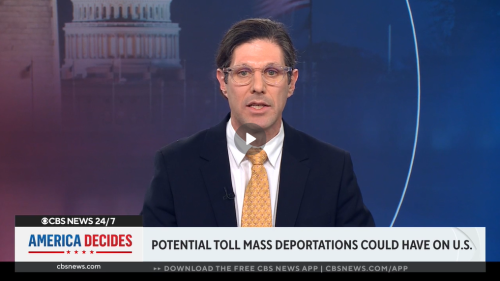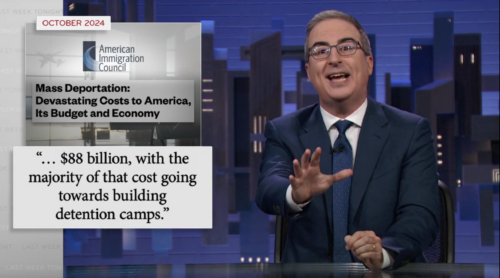San Antonio, Texas. Gainesville, Florida. Gainesville, Georgia. These three metros have one thing in common: Between 1990 and 2011, each saw a significant expansion of its foreign-born population. If critics of immigration are to be believed, the native-born residents of these metros—especially the “the least-educated and poorest” ones—would have felt a pinch when these new arrivals squeezed into their corner of the job market. Perhaps some did. But overall, the data show a different picture.
In San Antonio, residents across the income spectrum saw their wages rise between 16 and 25 percent over this period. In Gainesville, Georgia, the lowest earners saw a 20 percent increase in wages, and the highest ones experienced a 45 percent increase. In its namesake in Florida, that range was 9 to 35 percent.
While there were other factors at play, the diversity explosion, both at the lower and higher ends of the income spectrum in these metros, had a huge role in making all native workers a little bit richer. That’s according to a new study by the Partnership for a New American Economy, an organization led by a bipartisan group of political and business leaders that advocates for immigration reform.
Read the full report: “Diverse Metros Mean Higher Wages For All”
Related NAE Report: The Riches of the Melting Pot



